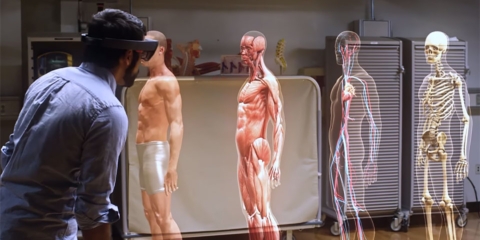Would you like to get notifications from Christian?
At CES 2023, attendees could see and experience the latest HUENIT AI-powered robotic arm. The robotic arm is designed to perform various tasks, including industrial production lines, complex assembly, 3d printing, and household tasks. HUENIT provided a fantastic demonstration that showed off its capabilities and highlighted the potential for a rapid increase in automation within the industry and other related fields.
Advanced motion control
The innovative design of the HUENIT includes advanced motion control technology that enables highly accurate movements at very high speeds. This ensures that it can operate with precision and efficiency. It is also equipped with intelligent sensors, which allow it to interact with the environment more effectively. This makes it ideal for use in production lines that involve repetitive tasks or even more delicate procedures such as 3d printing.
New learning algorithms
It has also been equipped with learning algorithms, enabling it to identify objects based on their shape and color using visual recognition systems while incorporating additional data from tactile feedback and sound detection, among other features. With this feature, the robot can learn from mistakes made during a task, furthering its knowledge base and improving accuracy over time. As a result, there are several applications where HUENIT could be utilized for automated solutions or even collaborating alongside humans in some instances - mainly when dealing with assembly lines and other areas where human intervention is required by safety or efficiency regulations.
Minimal supervision
Most important, however, is how easily HUENIT can be programmed to carry out tasks all day long with minimal supervision, something not achievable by traditional robots available currently. This makes HUENIT an attractive choice for businesses looking for cost-effective automation solutions that provide results quickly without any manual labor. For example: With the HUENIT AI-powered robotic arm, 3D printing is made incredibly easy and efficient. Using voice commands, you can have it create a variety of models for use in industries such as automotive, medical, and aerospace engineering. It can also develop prototypes for designers, architects, or artists to study before committing to larger projects. This allows them to save on production costs while exploring their creative ideas without investing in expensive materials beforehand.
3D printing techniques
Furthermore, the HUENIT can create custom products with precise detail that would be impossible using traditional methods. Its advanced sensors and motion control technology allow it to produce objects with intricate design features and enhanced durability compared to other 3D printing techniques. This makes it ideal for creating items such as spare parts, clothing accessories, or even medical implants with greater accuracy than before - making it an attractive choice for businesses looking for cost-effective automation solutions without compromising on quality.
HUENIT’s impressive capabilities have left experts optimistic about its potential applications within industry and medicine in particular - something which will no doubt be explored deeply over the coming years as development progresses further down the line. For now, though, we can only wait and see what wonders this incredible AI Powered Robotic Arm will bring us once released into the market!
Author: Christian Kromme
First Appeared On: Disruptive Inspiration Daily
Christian is a futurist and trendwatcher who speaks about the impact of exponential technologies like AI on organizations, people, and talents. Christian tailors his presentations to your audience's specific industries and needs.



Our world is changing at an exponential rate! A big tidal wave of digital transformation and disruption is coming at us fast. Many organizations see this wave as a threat and experience stress, but there are also organizations that just see this wave as an opportunity.

Imagine sitting with just 10-15 fellow executives at a premier location, gaining clarity on the impact of AI on your industry while enjoying an exquisite dining experience. These are not just meetings—they are transformative moments that will shape the future of your organization
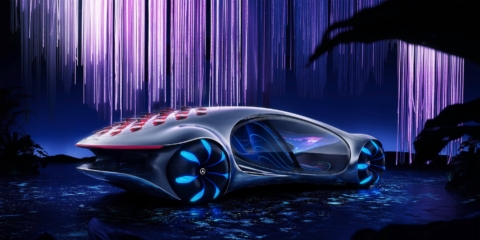

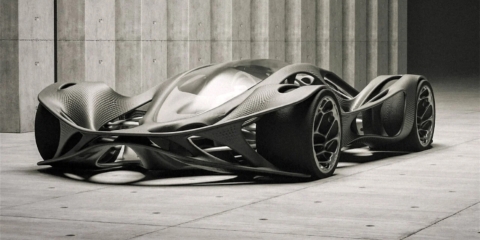
In the future, 3D printing and generative design will allow for products to be designed in a more decentralized manner, and production will take place closer to the customer and fully on-demand. 3D printing technology will also allow for more customization and personalization of products.


The agricultural industry is ripe for disruption. Robotics, AI, and IoT are all technologies that have the potential to radically transform the way we grow food. In combination with vertical farming, these technologies could increase the efficiency and quality of agricultural products.

A human-centered society is one that puts people first and where technology is used to unite and empower people. It is a society that values biological life and dignity above all else. It is a society that recognizes the importance of human relationships and works to strengthen them. In a human-centered society, all members of the community are valued and treated with respect.
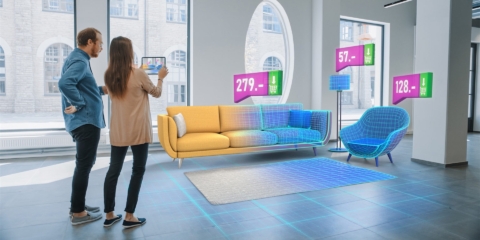
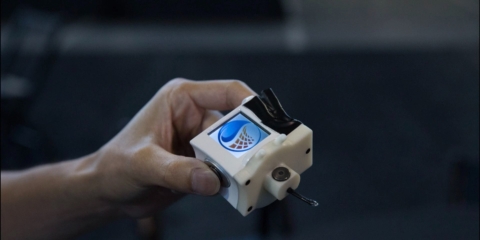
The future of healthcare is here. New technologies like AI, IoT, big data, and smart sensors make it possible to become the CEO of your own health. Imagine that your phone can listen to your voice and AI algorithms can detect small nuances in the tone of your voice that indicate specific diseases.
